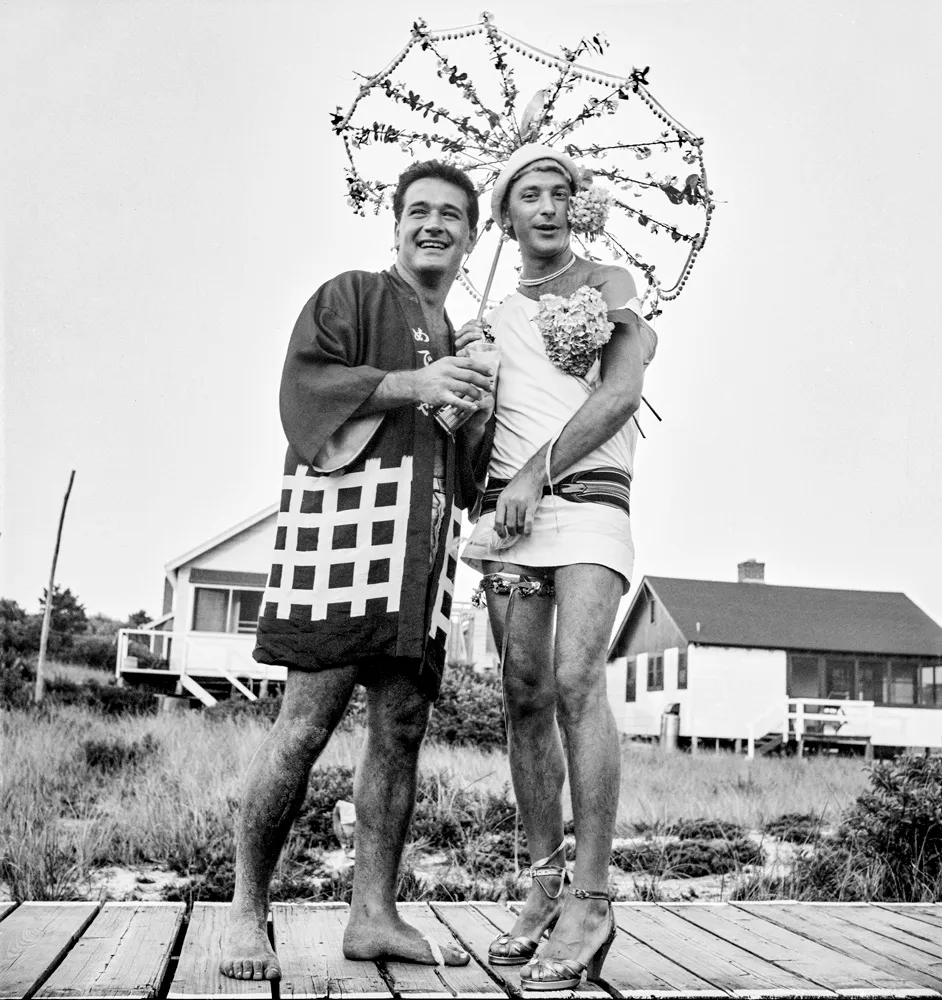
Two men dressed in drag for a tea party; two women cuddled up at the beach. Today these might be benign photographs, but in the early 1950s, they were memories shuttered away from public view.
Until now. These two photographs and a slew of others were a part of the New York Historical Society's exhibit "Safe/Haven," showcasing photographs of LGBT people in Cherry Grove, New York, a popular vacation getaway for the community in the mid-century.
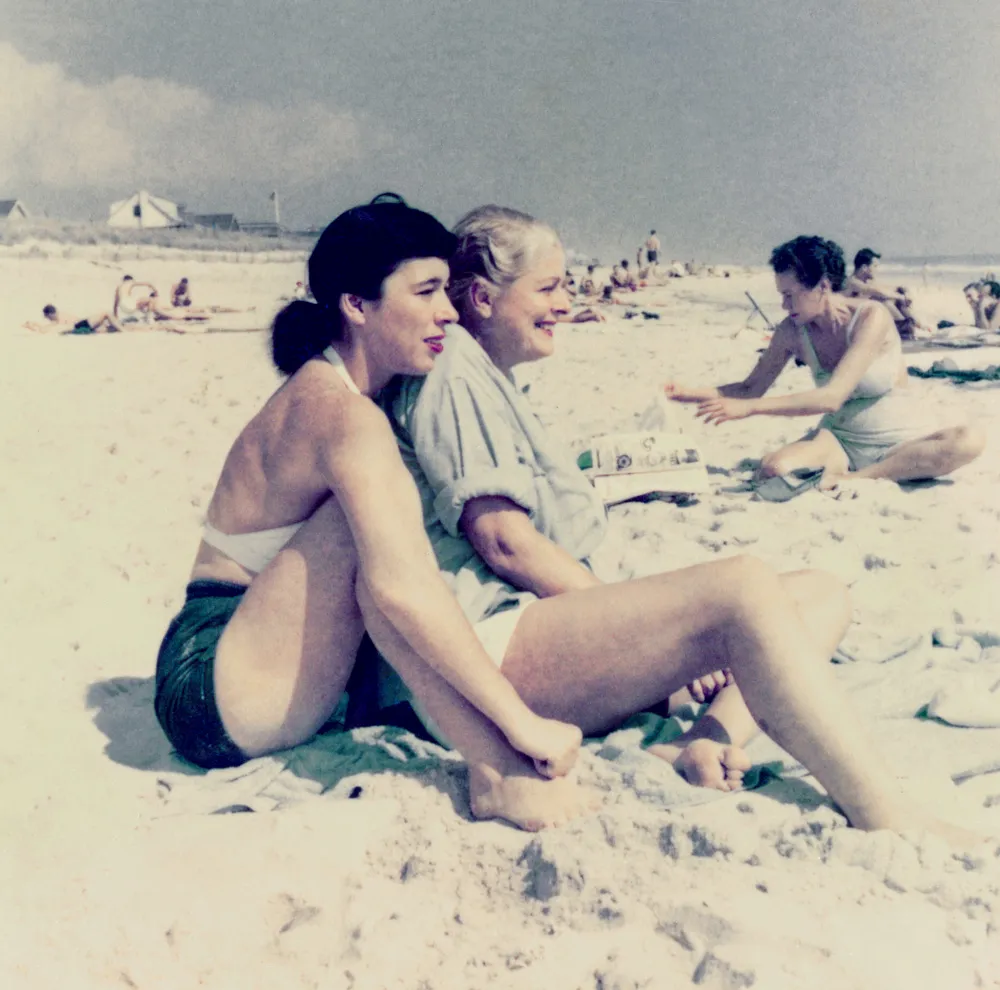
The project is in collaboration with the Cherry Grove Archives Collection, on whose board Clark has been for more than a decade. The exhibit first went on display at the Stonewall National Museum & Archives in Fort Lauderdale, but it was cut short due to the pandemic.
The team has collected photographs of the LGBT experience in the community over the years. Some were donated by family members who inherited photographs, and others were salvaged from the sidewalk before they were picked up by waste collection. The board also received a large collection from a gentleman who died but spent decades collecting materials, as well as four photo albums from Earl McDonald, who performed on Broadway from the 1920s through the '40s. So far, they have digitized roughly 16,000 photographs.
"Every time I would go through and get another donation, we would just be so impacted by the joy, the fun, and the community that existed," Clark said.
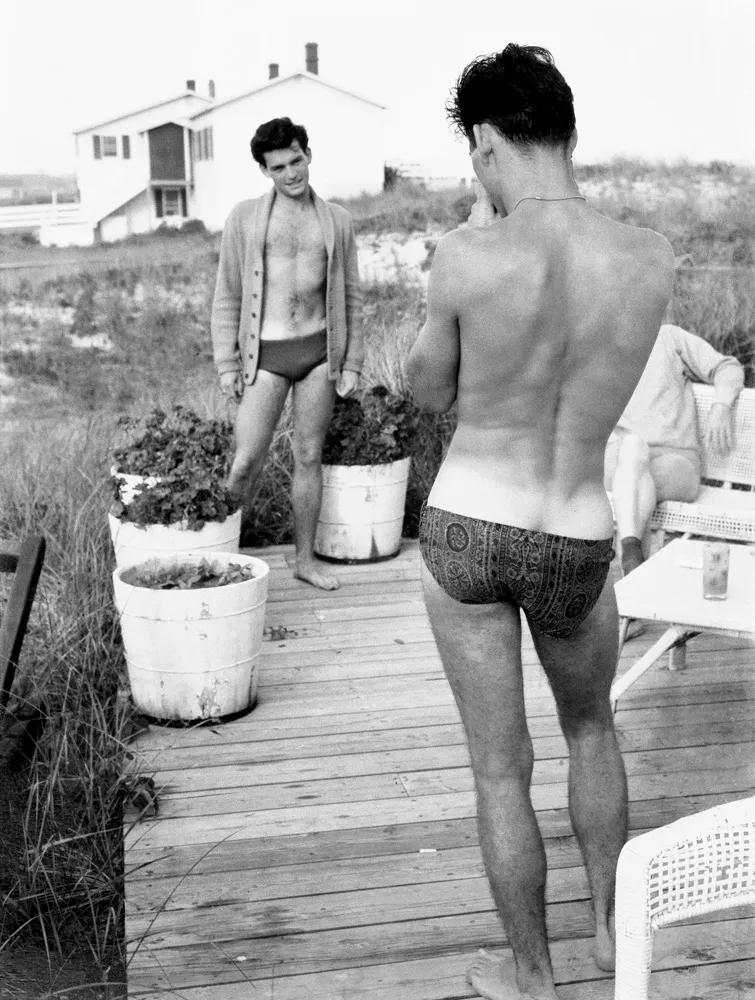
Showcasing a hidden world
The idea behind "Safe/Haven" was to showcase a world that was only able to be immortalized in photos after the advent of instant photography, such as Polaroids and photo booths.
It was only then that LGBT people were free to be themselves and have a lasting photo memory without having to drop off film to be developed by a third party.
"Dropping off undeveloped film at the pharmacy in the 1950s would have literally meant risking everything. It would have been incredibly difficult – and daring," said Julio Capo, an associate professor at Florida International University's Department of History as well as a board member at the Stonewall National Museum & Archives.
During the post–World War II era, when people were being shipped to large port cities to report for duty, they met other LGBT people, and many experienced the culture for the first time, Capo explained.
To hide their sexuality, Gay couples would often pair up with Lesbian couples on double dates for a fun night out to pass as straight couples, Capo said.
And in photos, it wasn't uncommon for people to wear masks to hide their identity.
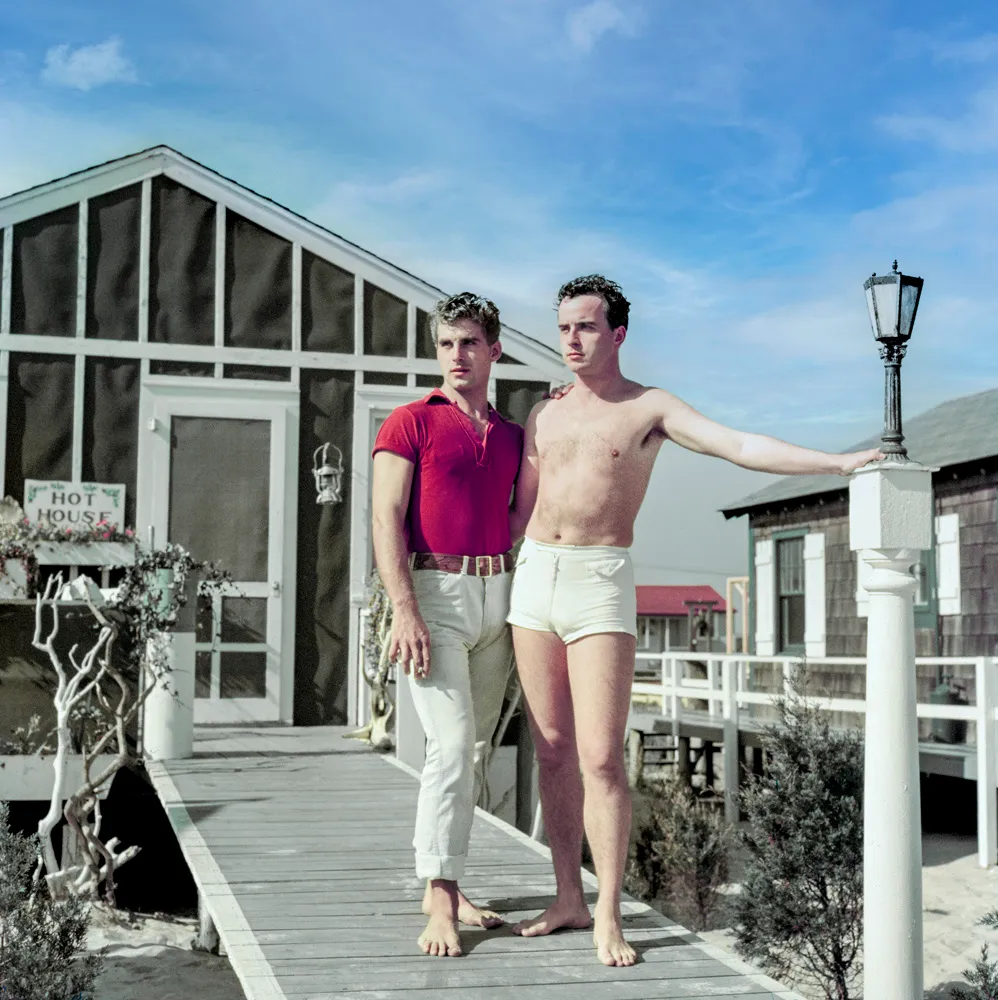
While Polaroids and photo booths were easy and private ways to capture memories, there were also LGBT-friendly camera shops. Take Harvey Milk's Castro Camera, which not only served as a place to develop film but also became a meeting place for activists. There were also Gay-owned and operated companies that were safe places to print materials for protests.
"We don't think of something like developing your own photograph as being overtly political, but goodness, it really, really was," Capo said. "It was an act of defiance and an act of bravery. It was incredibly political and significant to shaping the very lives we're able to live today."
Cherry Grove, located on Fire Island, was a popular vacation spot for LGBT people. There, they were free to be openly affectionate, attend costume parties and theater productions, and rub elbows with the likes of Truman Capote, Patricia Highsmith, and other creatives.
"Safe/Haven" chronicles the atmosphere of these lively parties, as well as intimate moments between couples.
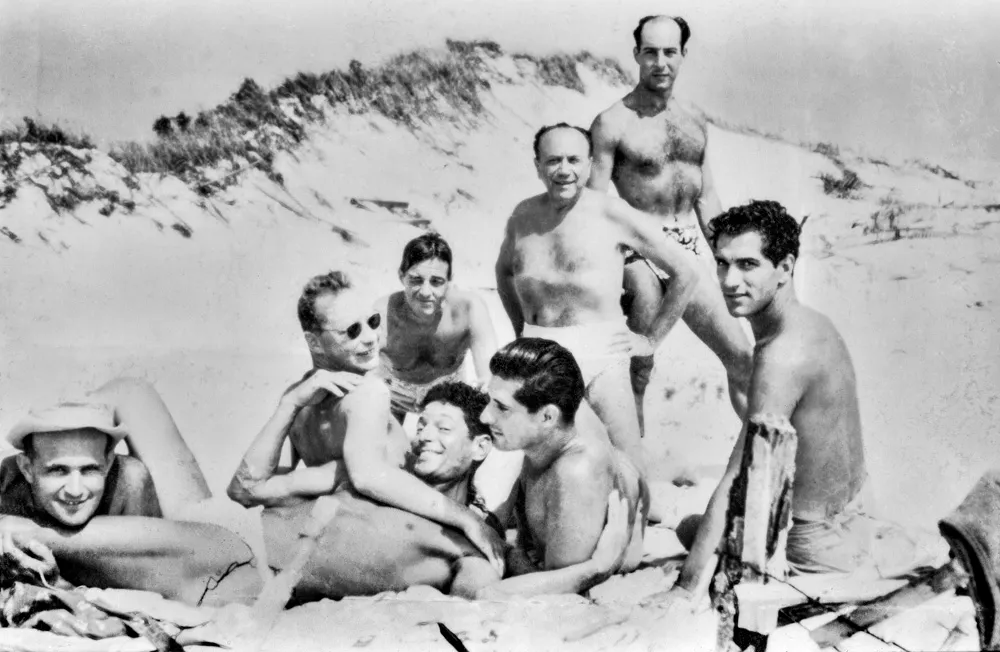
"The media portrayed gays and lesbians as living terrible, disparaging lives," Clark said. "This is an example of how, even under the risk of being found out and the need for safety and secrecy, people were able to, here in Cherry Grove, have a community."
This was also a time of segregation: as restrictive as it was for LGBT people to be out, for people of color, targeted for both their sexuality and race, it was even more difficult.
In this exhibit, which consists of mostly white people, privilege – being able to vacation in Cherry Grove – is a part of the conversation.
For both Clark and Capo, looking to the past helps them understand the lives we live today – recognizing the sacrifices of the predecessors who fought for equality, for something as simple as taking a photo next to their partner.
"We kept seeing all the play, just really playing, intimacy, community, and I thought 'Oh my God, that's so powerful,'" Clark said. "There was certainly sadness with depression and discrimination, but there was also resilience and there was also connection and there was also joy."
Christiana Lilly is a freelance journalist who covers a plethora of topics impacting the LGBT community, including health, religion, law, and activism. Her reporting has been recognized by the Society of Professional Journalists Florida chapter, Florida Magazine Association, and Florida Press Club, including stories on human trafficking, teen suicide, conversion therapy, and youth homelessness. Lilly grew up in Asia as the daughter of a foreign service officer, and now calls Pompano Beach home with her husband and rescue dog.

